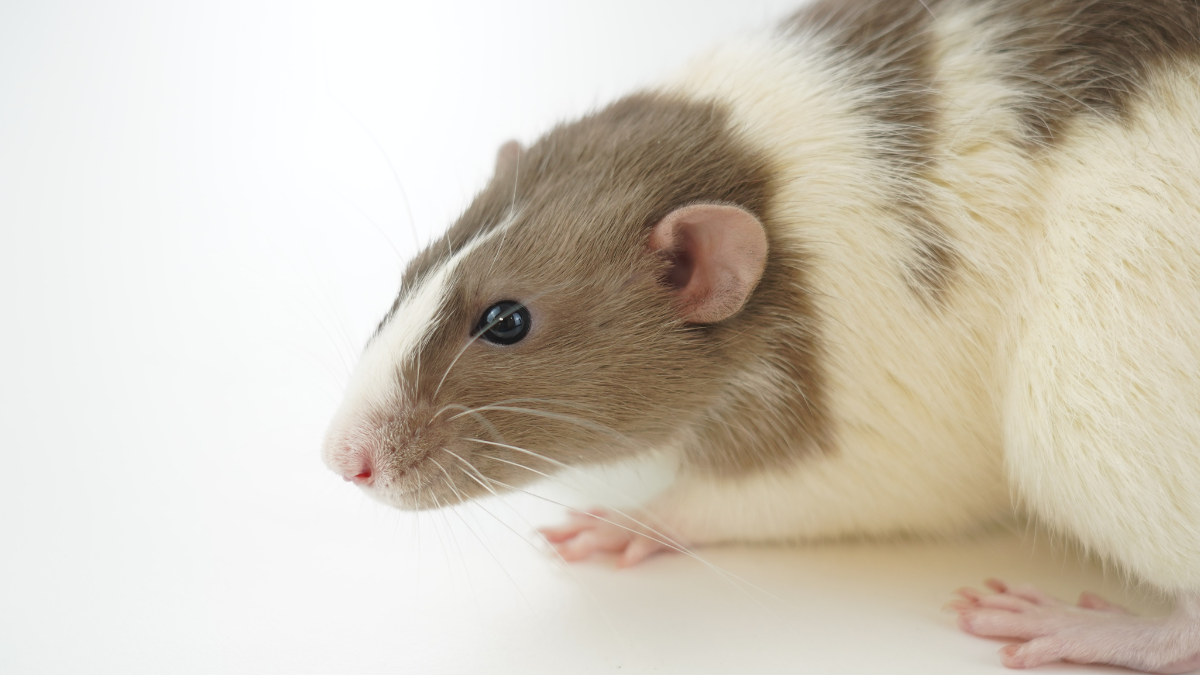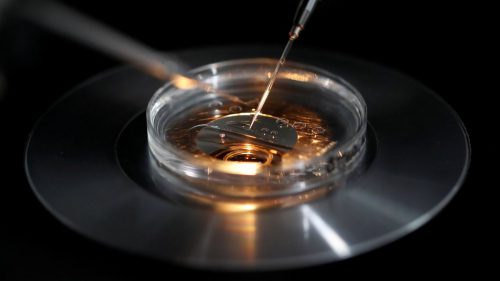

Making Mice with Two Fathers: Science Is Never Value Neutral
A team of scientists created living baby mice with two biological fathers.
03/30/23
John Stonestreet Shane Morris

In the biblical account of the Tower of Babel, God states, after examining humanity’s ambitious but misguided building project, that “nothing that they propose to do will now be impossible for them.” His reason for confusing their languages and halting their project was not anger. Rather, God states that working together like this, humans can achieve, at least here on Earth, a godlike power. Things that seem impossible can become possible, and for fallen people, that’s a problem. Inevitably, like the builders of Babel, humans use their incredible capacity to “make a name for ourselves” to do what should not be done and to rebel against God’s design and purpose for His world.
I thought immediately of Babel when I saw headlines this month about a team of scientists who created living baby mice with two biological fathers. The Japanese team behind this seemingly impossible feat described their work in the journal Nature.
After harvesting skin cells from the tails of two male mice, they converted them to “induced pluripotent stem cells,” cells able to differentiate into any type of tissue in the body. The scientists treated these stem cells with a drug that transformed them into female cells. These, in turn, produced functional eggs that the team fertilized and implanted into female mice. Eventually—after a 99% failure rate—these pregnancies resulted in a few live mice pups that had two genetic fathers and no mother. The pups survived, grew, and even reproduced normally.
As the Associated Press put it, saying the quiet part out loud, “This raises the distant possibility of using the same technique for people.” The scientists behind the project got more specific, remarking that their work might “provide a template” for male same-sex couples “to have biological children, while circumventing the ethical and legal issues of donor eggs.”
Let’s put aside for a moment the terrifyingly laughable idea that there are “ethical issues” with donor eggs but not with eliminating mothers altogether in reproduction. Science writers have long predicted this breakthrough as a dream come true for those who view normal reproductive biology as something to be “circumvented.” Even if the huge failure rate and serious inefficiency of the method means that it is likely many years from being an available option for humans, the proof of concept is there, as is a whole set of social incentives. It is, apparently, possible to produce live offspring from two individuals of the same sex in mammalian species.
At a moment like this, it is tempting to quote the late science fiction author Michael Crichton, or at least the film adaptation of his novel Jurassic Park. In that movie, Jeff Goldblum’s character famously observes, “Your scientists were so preoccupied with whether or not they could, they didn’t stop to think if they should.” His point is simply that science can only answer “how” questions. It can never give you a “why.” It can discover techniques but never teach ethics.
That does not mean, however, that science or scientific breakthroughs are value neutral. In his book The Abolition of Man, C.S. Lewis wrote these immortal lines:
In a sort of ghastly simplicity we remove the organ and demand the function. We make men without chests and expect of them virtue and enterprise. We laugh at honor and are shocked to find traitors in our midst. We castrate and bid the geldings be fruitful.
He was writing specifically here about Subjectivism, a movement that sought to eliminate value judgements from education. They also apply eerily well to the Babel-like project of eliminating one sex from reproduction. The question we must ask is simple: Why? Why are we investigating this technology, what is its therapeutic purpose, and will it make us more human, or less?
In theory, we can now bring human children into existence who have no biological mothers. Should we? Are mothers incidental to the life of a child, easily replaced by a “second father” in order to accommodate the sexual and relational wants of adults, or are they essential? We can ask the same of fathers. In short, does human life and the human family have a definition, an identity, a given structure? Or are they infinitely malleable, putty in the gloved hands of scientists who are so preoccupied with whether they can, they don’t stop to ask if they should?
None of these are scientific questions. And to be clear, they apply to all kinds of social, legal, and cultural innovations about marriage too. Every time we reinvent, replace, expand, or otherwise redefine marriage and parenting, kids suffer. Yet, the same wrong answers to these questions are guiding scientific projects to manipulate cells with the goal of fundamentally altering human reproduction.
By denying any God-given “ought” for sex and procreation, we are building a new scientific Babel. Through the shared language and technique of science, we may indeed prove that nothing is impossible for us. But as Lewis observed, we may find that in the process we have engineered away our humanity, replacing the love and complementarity our biology signifies with cold, cynical technique. Lewis called these efforts “the abolition of man.” In light of the increasingly likely possibility of children without mothers, we may as well re-label it “the abolition of woman.”
This Breakpoint was co-authored by Shane Morris. For more resources to live like a Christian in this cultural moment, go to colsoncenter.org.
Have a Follow-up Question?
Related Content

© Copyright 2020, All Rights Reserved.














